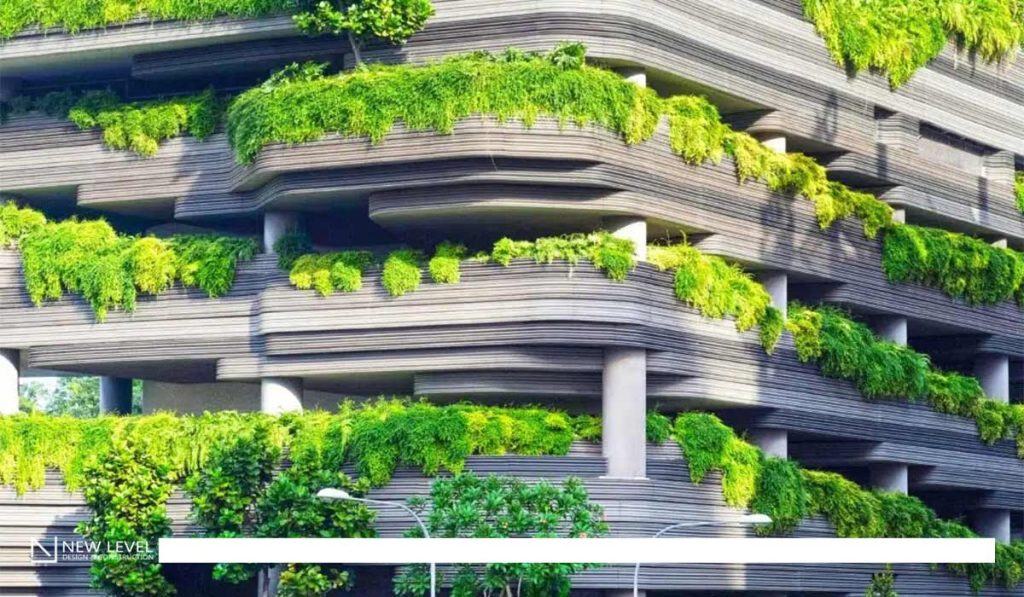Biophilic design integrates nature into architecture to enhance well-being and sustainability. By incorporating elements like natural light and greenery, it fosters calm, productivity, and environmental connection. This approach creates healthier, more harmonious spaces that benefit both occupants and the planet. Let’s check out some of the key components of biophilic design:

Biophilic design represents a holistic approach to architecture and urban planning, acknowledging the profound psychological and physiological benefits of connecting people with nature. It emphasizes the integration of natural elements, patterns, and processes into architectural spaces to improve human well-being and enhance the overall quality of life.
By fostering a sense of harmony and connection with the natural world, biophilic design seeks to counteract the negative effects of urbanization, such as stress, anxiety, and alienation, while promoting health, productivity, and creativity.
The incorporation of nature into the built environment encompasses a wide range of design strategies and techniques aimed at simulating or evoking natural experiences within architectural spaces. This may include maximizing access to natural light through large windows and skylights, integrating indoor greenery such as living walls and potted plants, incorporating water features like fountains or ponds, and utilizing natural materials such as wood, stone, and earth-based finishes. Additionally, biophilic design often incorporates biomorphic shapes and patterns inspired by nature, such as fractal geometries and organic forms.
Research into the effects of biophilic design on human well-being has consistently shown positive outcomes. Exposure to natural elements in architecture has been linked to reduced stress levels, improved mood and cognitive function, enhanced creativity and productivity, and increased overall satisfaction with indoor spaces.
By creating environments that mimic the restorative qualities of nature, biophilic design supports mental and physical health, reduces absenteeism and turnover in workplaces, and fosters a greater sense of connection and belonging among occupants.
Numerous architectural projects around the world serve as examples of biophilic design principles in action. For instance, the California Academy of Sciences in San Francisco features a living roof covered in native vegetation, providing habitat for local wildlife and reducing energy consumption through natural insulation.
The Singapore Changi Airport boasts the Jewel, a multi-story indoor garden and waterfall complex that offers travelers a tranquil respite amidst the bustling airport environment.
In summary, the architectural trends of 2024 reflect a shift toward sustainability, adaptability, and human-centered design. Sustainable and eco-friendly practices, adaptive reuse, smart technology, and biophilic design have become prominent features in contemporary architecture, and we can’t wait to see where they take us going forward!
Together, these trends have positively impacted the built environment by reducing environmental footprint, preserving cultural heritage, enhancing occupant comfort, and promoting well-being.
Looking forward, further innovations are anticipated, driven by advances in technology and interdisciplinary collaboration. Architects have a unique opportunity to continue shaping a more sustainable, resilient, and inclusive future through creative design interventions.
Source:
Architectural Design Trends 2024: Innovations in Sustainability – Format Magazine